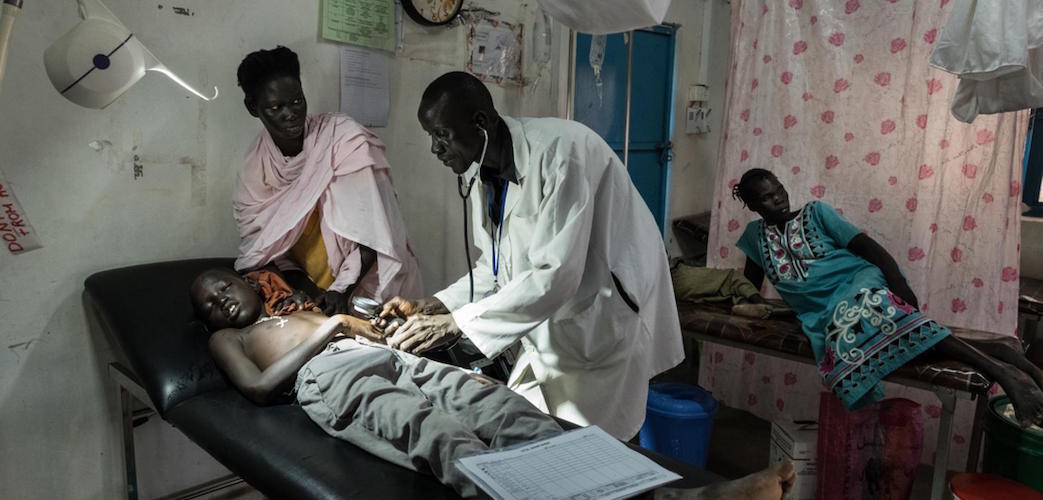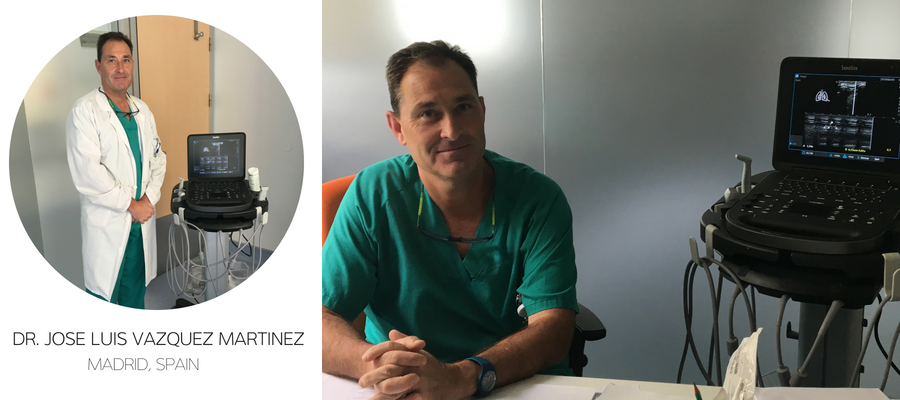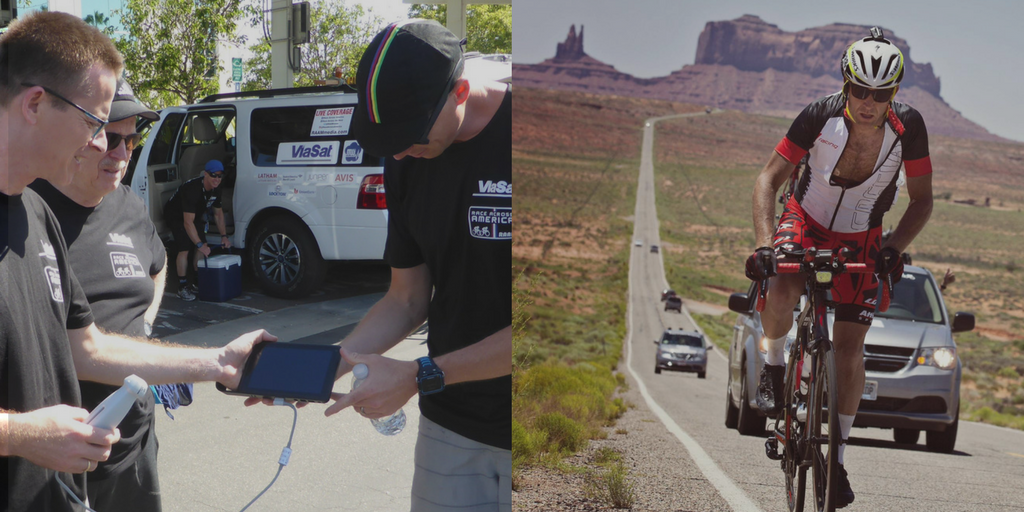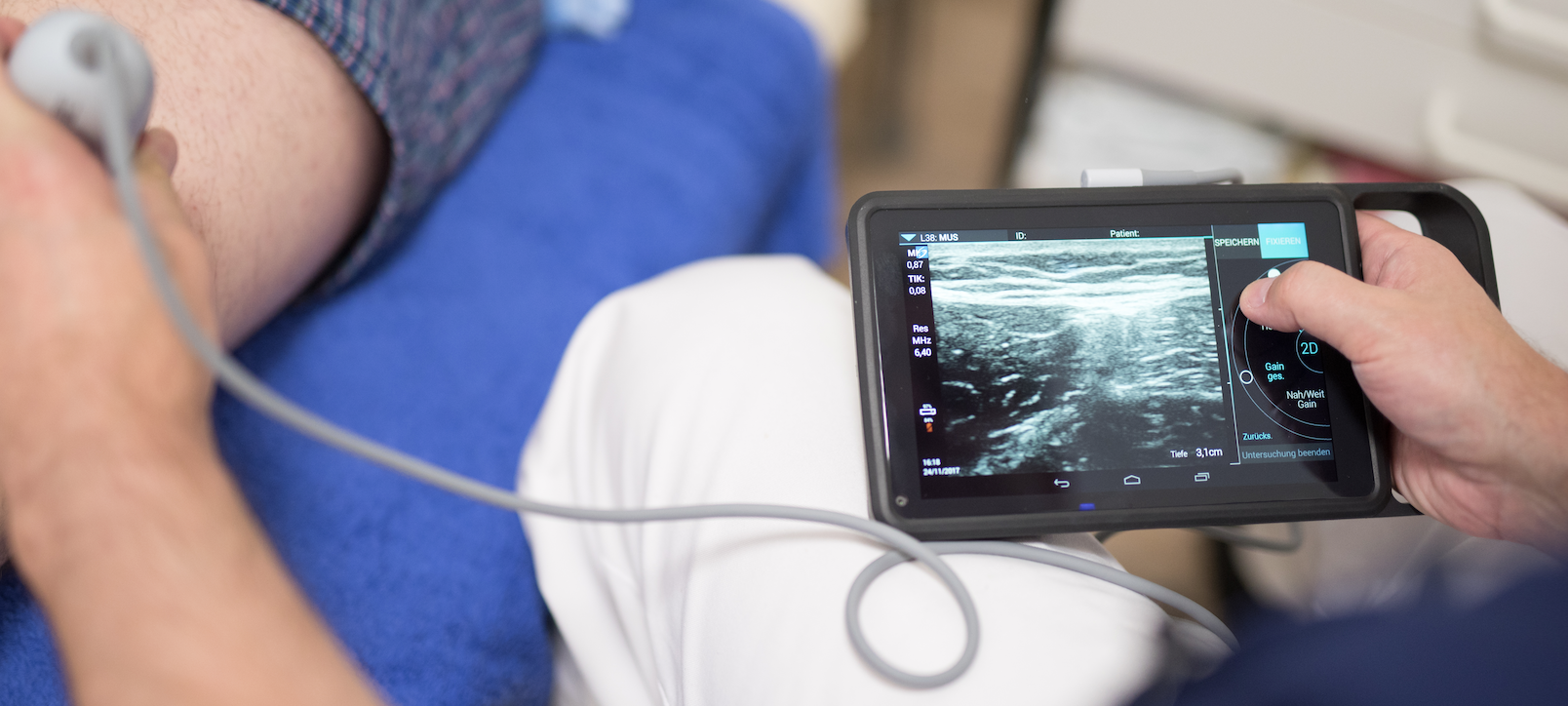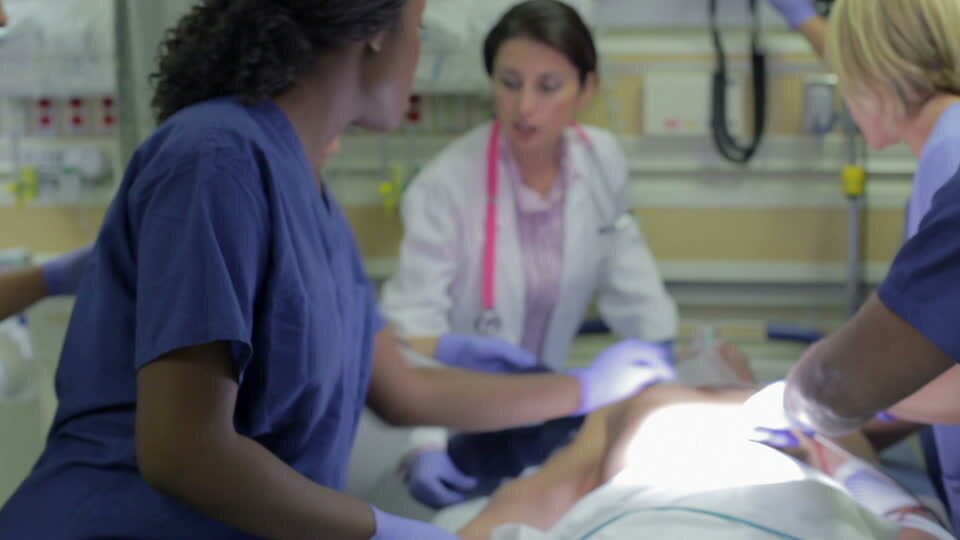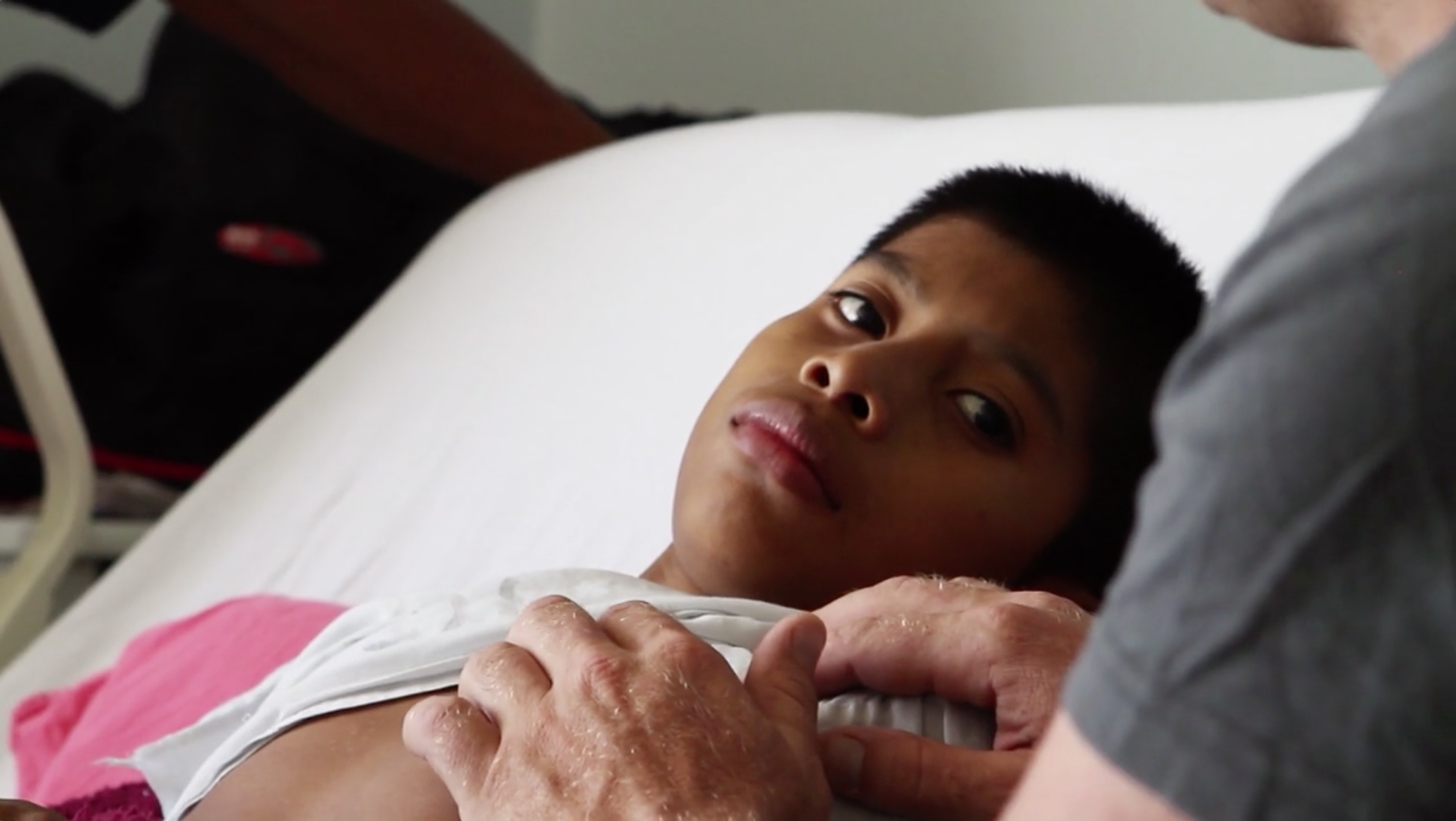Top New Delhi Pediatrician Uses Sonosite to Promote Ultrasound
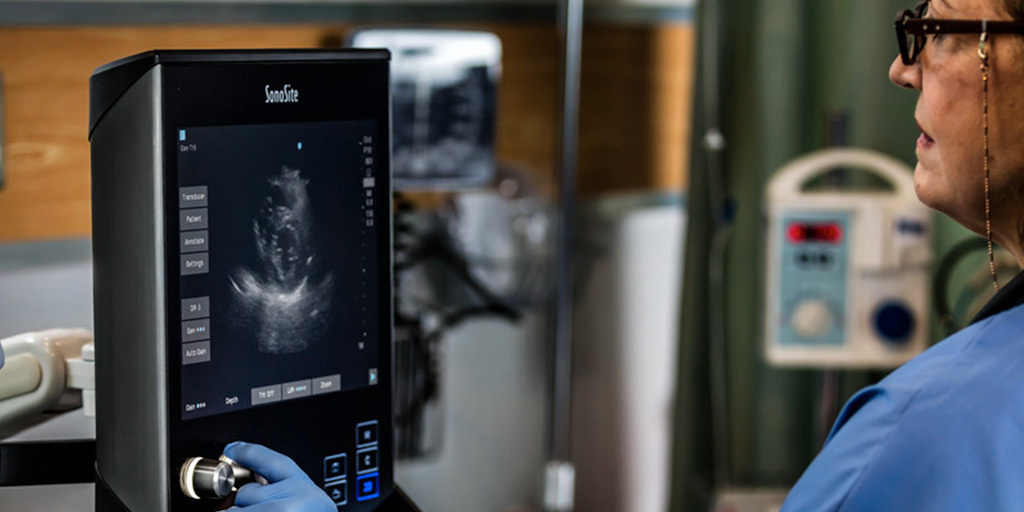
The Economic Times Healthworld recently interviewed Dr Vikas Kohli, an American Board Certified Pediatric Cardiologist with more than 20 years of experience. Based in the Delhi Child Heart Center in New Delhi, Dr. Kohli practices non-invasive, interventional pediatric cardiology and fetal cardiology.


